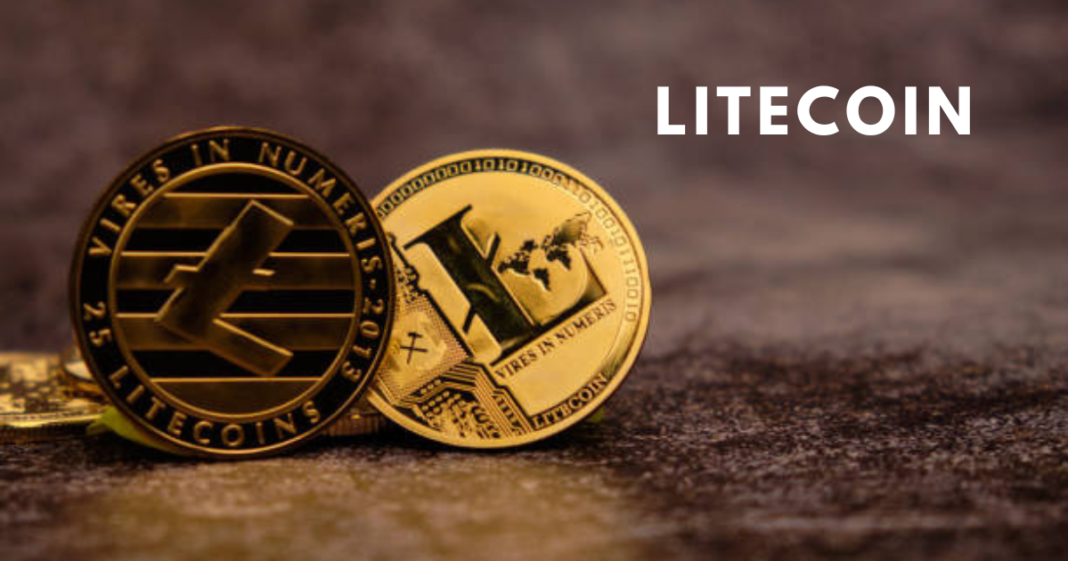In the dynamic and rapidly evolving world of cryptocurrency, Litecoin (LTC) stands out as one of initial and most reliable alternatives to Bitcoin. Frequently stated to as “silver to Bitcoin’s gold,” Litecoin takes carved a niche for itself in the digital currency space. This blog aims to explore Litecoin in depth, from its origins and technical structure to its part in the wider cryptocurrency system.
Litecoin remains a decentralized, open-source cryptocurrency that enables peer-to-peer transactions globally. It was designed to improve upon Bitcoin’s framework, offering faster transaction speeds, lower fees, and a more efficient mining process.
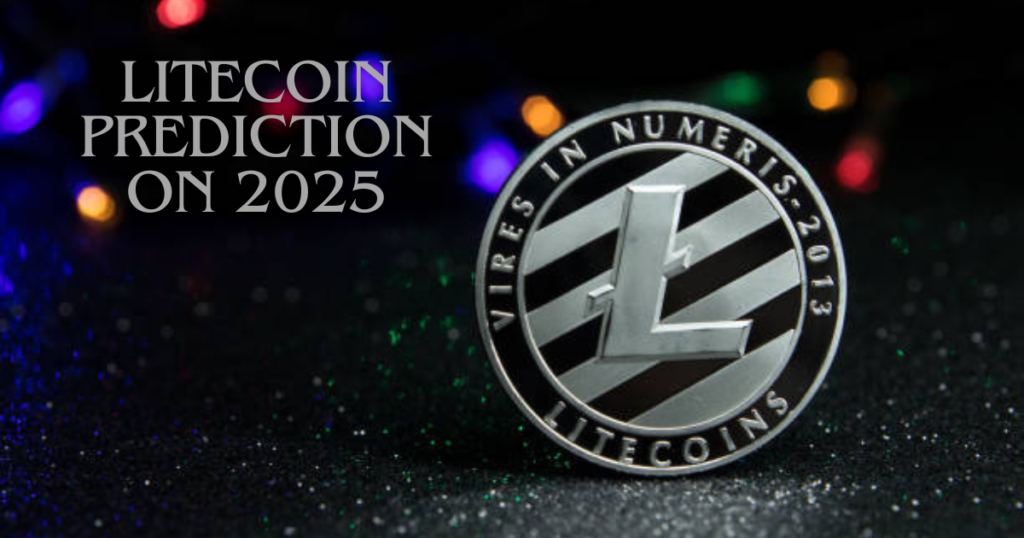
Table of Contents
Origins of Litecoin
Lee aimed to address nearly of Bitcoin’s restrictions, for example slow exchange times and high mining costs. By tweaking Bitcoin’s original code, Lee developed a lighter, more agile cryptocurrency.
Key differences among Bitcoin and Litecoin include:
- Block Generation Time
Litecoin procedures a new wedge every 2.5 minutes. - Source Limit
Litecoin takes a total supply for 84 million coins, 4 periods Bitcoin’s 21 million. - Hashing Procedure
Litecoin practices Scrypt procedure, whereas Bitcoin depend on SHA-256. This makes Litecoin mining less resource-intensive and more accessible.
Technical Overview
Litecoin works on a blockchain, a decentralized ledger that records all transactions. Here’s a closer look at its technical features:
1. Scrypt Procedure
Different Bitcoin’s SHA-256, the Scrypt procedure is intended to be further memory-intensive. This discourages the use of particular mining hardware (ASICs) and promotes a more dispersed mining environment.
2. Faster Block Periods
Litecoin’s 2.5-minute wedge time permits for faster transaction validations, making it more appropriate for normal transactions.
3. SegWit Integration
Litecoin endured one of initial cryptocurrencies to accept (SegWit), a procedure advancement that separates transaction signatures from the data, effectively increasing the blockchain’s capacity.
4. Lightning Network
The implementation of Lightning Network enables near-instant transactions at minimal cost, addressing scalability issues and making Litecoin more viable for microtransactions.
Usage Cases for Litecoin
- Outgoings and Transfers Litecoin is widely acknowledged by merchants and service providers because of its less fees and quick processing times. It’s ideal for both small and large transactions.
- Remittances The cryptocurrency is frequently used aimed at cross-border payments, offering an affordable and fast alternative to traditional banking systems.
- Investment Litecoin serves by means of a long-period investment for persons looking to expand their cryptocurrency collections.
- Testing Ground for Bitcoin Features Litecoin often acts as a sandbox for Bitcoin, testing new technologies like SegWit before Bitcoin adopts them.
Advantages of Litecoin
- Speed and Efficiency
Faster block times make Litecoin a preferred prime for quick transactions. - Low Transaction Fees
Its low fees make it an attractive choice for small-scale transactions. - Decentralized Mining
Scrypt’s design makes Litecoin mining accessible to more people, promoting decentralization. - Proven Track Record
As one of initial cryptocurrencies, Litecoin takes a solid history and established community.
Contests Facing Litecoin
Despite its advantages, Litecoin expressions several tasks:
- Competition
With the rise of other cryptocurrencies present similar or superior features, Litecoin must continuously innovate to stay relevant. - Market Perception
Litecoin is often outshined by Bitcoin and Ethereum, limiting its appeal to new investors. - Regulatory Uncertainty
Like all cryptocurrencies, Litecoin operates in a regulatory gray area, which could impact its adoption and value.
Litecoin vs. Bitcoin
| Feature | Litecoin | Bitcoin |
| Launch Year | 2011 | 2009 |
| Block Period | 2.5 minutes | 10 minutes |
| Maximum Source | 84 million | 21 million |
| Algorithm | Scrypt | SHA-256 |
| Use Case | Faster, low-cost transactions | Store of value, high-value transfers |
Recent Developments and Future Prospects
Lite coin endures to develop, with recent upgrades like MimbleWimble for enhanced privacy. The cryptocurrency remains a strong contender in the market, particularly as adoption of digital currencies grows globally.
Future developments may include further scalability solutions, enhanced privacy features, and deeper integration with payment systems.
The Philosophy Behind Litecoin’s Creation
The core philosophy behind Lite coin centers on creating a more available and effective substitute to Bitcoin. While Bitcoin was designed as a decentralized alternative to fiat money, Lite coin was built to refine that vision, making it extra applied for everyday usage.
- Lite coin promotes decentralization by making mining more democratic.
- It focuses on high-speed transactions, ideal for smaller purchases and remittances.
By addressing Bitcoin’s shortcomings, Lite coin ensures it can remain used more effectively in real-world applications. Its ability to complement Bitcoin as an intermediate of exchange versus a store of price strengthens its purpose in the cryptocurrency intergalactic.
Litecoin’s Part in DeFi
Lite coin is increasingly finding the issue place in DeFi ecosystem. Though Ethereum dominates this sector, Lite coin’s fast transaction times and little dues make it a valued strength in DeFi applications.
- Lite coin is now being integrated into lending platforms where users can stake LTC for rewards.
- It’s also used in liquidity pools and decentralized exchanges (DEXs) to facilitate seamless swaps.
The interoperability of Lite coin with blockchain bridges has further expanded its use, connecting it with DeFi ecosystems across various blockchains.
Litecoin and Privacy Enhancements: MimbleWimble
Privacy has become a hot topic in the cryptocurrency ecosphere, and Lite coin has made strides in this area by adopting the MimbleWimble protocol.
- MimbleWimble ensures private transactions by covering transaction details such as sender, receiver, and amount.
- This makes Lite coin one of the few mainstream cryptocurrencies that cater to users seeking enhanced privacy.
With this upgrade, Lite coin maintains its relevance in a competitive market while appealing to privacy-conscious users. Additionally, it strengthens its use case for personal financial transactions.
Institutional Interest in Litecoin
Lite coin has garnered increasing interest from institutional investors, thanks to its robust infrastructure and long-standing reputation.
- Investment firms and funds are now including Litecoin in their portfolios.
- Lite coin-based exchange-traded products (ETPs) have also emerged, offering regulated exposure to LTC.
This institutional adoption signals confidence in Lite coin’s long-term viability and further legitimizes its part in cryptocurrency market.
The Environmental Effect of Litecoin Mining
Environmental concerns around cryptocurrency mining have dominated discussions, especially regarding Bitcoin. Lite coin, however, offers a more energy-efficient alternative due to its Scrypt algorithm.
- Scrypt decreases the computational energy required, resulting in lower energy consumption.
- Lite coin miners can use more accessible hardware, reducing the need for energy-intensive ASICs.
This environmentally friendly approach makes Lite coin an gorgeous choice for individuals and institutions seeking sustainable blockchain solutions.
Real-World Adoption of Litecoin
Lite coin’s utility extends beyond the digital realm, with increasing real-world applications in various sectors.
- Many e-commerce platforms and retailers now receive Lite coin as payment due to its small transaction fees.
- Non-profit organizations have also adopted Lite coin for donations, providing a transparent and secure method of receiving funds.
Its global reach and quick confirmation times make Lite coin perfect for everyday exchange, for example booking flights or paying for online services.
Litecoin Wallets and Security Features
Security is paramount for any cryptocurrency, and Lite coin suggest a variety of wallet options to suit different needs.
- Hardware wallets such as Ledger and Trezor provide robust offline storage for LTC.
- Software wallets suggest convenience for users who prioritize quick access to funds.
Litecoin wallets come equipped with advanced security features like multi-signature authentication and two-factor authentication (2FA). These features ensure users’ assets remain secure while maintaining ease of access.
Community and Development Support for Litecoin
The Lite coin community plays a critical part in its continued development and adoption.
- It boasts an active developer base that consistently works on refining the network’s functionality and security.
- Lite coin’s open-source nature encourages contributions from developers worldwide, fostering innovation.
This strong community engagement confirms that Lite coin remains flexible to technological progresses and market demands. Additionally, Lite coin’s foundation actively promotes partnerships and educational initiatives to expand its user base.
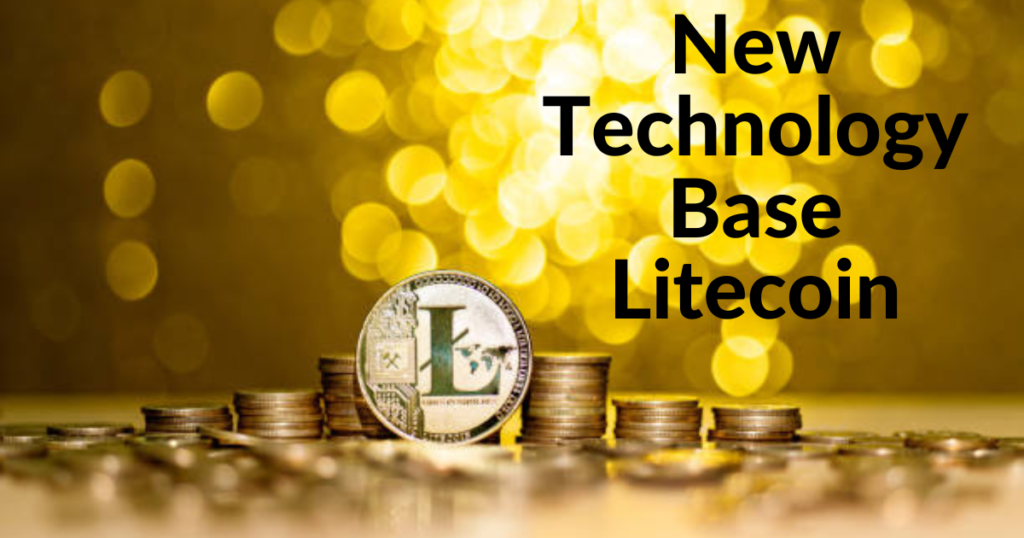
Litecoin Halving and Its Economic Impact
Like Bitcoin, Lite coin undergoes a halving event approximately every four years, reducing the mining reward by 50%.
- This built-in deflationary mechanism ensures scarcity, which can positively affect Lite coin’s value over time.
- Halving events often lead to market speculation, resulting in price volatility.
The economic impact of halving extends to miners, as reduced rewards influence their profit margins. However, it also incentivizes long-term holding by limiting supply, contributing to Lite coin’s resilience by means of a digital asset.
Regulatory Landscape and Its Implications for Litecoin
The regulatory environment surrounding cryptocurrencies remains uncertain and varies across jurisdictions.
- Some states have embraced Lite coin as a legitimate payment method, while others impose strict regulations.
- Regulatory clarity could boost Lite coin adoption by fostering trust among users and businesses.
Lite coin’s established history and compliance with major exchange standards give it an edge in navigating regulatory challenges. However, ongoing discussions around cryptocurrency taxation and anti-money laundering measures will likely impact its growth trajectory.
Litecoin in Gaming and Entertainment
The gaming and entertainment industries have started to integrate Lite coin into their payment systems, offering new ways for operators to interact with digital assets.
- Gamers can purchase in-game items, subscriptions, and more using Lite coin.
- Streaming platforms and content creators are exploring Lite coin-based tipping systems for seamless microtransactions.
This intersection of Lite coin and entertainment demonstrates its versatility and potential to drive mainstream adoption.
Litecoin and Emerging Markets
Lite coin holds significant promise for emerging markets where traditional financial systems may be less accessible.
- Its low exchange fees make it perfect for remittances, allowing people to send currency across states affordably.
- In countries with high inflation, Lite coin can serve as a stock of value, preserving purchasing power.
The ability to provide financial inclusion through digital means aligns with Lite coin’s broader mission of making money more accessible worldwide.
Comparing Litecoin with Other Altcoins
Lite coin has held its position by way of one of best cryptocurrencies, but how does it compare to other altcoins like Ethereum, Ripple, or Cardano?
- Unlike Ethereum, which focuses on smart agreements and decentralized apps, Litecoin emphasizes efficient peer-to-peer transactions.
- Ripple targets the banking sector, while Lite coin appeals to individual users and businesses alike.
Lite coin’s unique value proposition lies in its hurry, safety, and adaptability, making it a strong competitor in a crowded market.
Future Trends and Predictions for Litecoin
Cryptocurrency market relics constantly evolving, and Litecoin must familiarize to stay relevant.
- Integration with emerging technologies like decentralized identity systems and blockchain-based IoT solutions could expand Lite coin’s use cases.
- Increased focus on privacy and scalability may solidify its position by means of a top digital currency.
Predictions for Lite coin’s future value remain optimistic, with many analysts expecting increased adoption as wedge chain technology endures to disrupt traditional finance.
Litecoin’s Part in Cross-Border Outgoings
In a globalized economy, cross-border payments often come with challenges such as high fees, long processing times, and the essential for intermediaries. Lite coin offers a seamless alternative:
- Transactions occur directly on blockchain, eradicating middlemen.
- Its fast block times reduce delays, making international payments faster and more effective.
Lite coin’s little fees make it especially appealing for remittances, where traditional services can charge exorbitant percentages. For both persons and businesses, Litecoin delivers a price-effective and reliable solution for transferring reserves across states.
Security Mechanisms in Litecoin’s Network
The security of any cryptocurrency remains critical to the problem success, and Lite coin’s network employs several advanced measures to safeguard transactions and user funds:
- Its decentralized nature reduces the risk of single facts of failure.
- Mining through Scrypt ensures resistance to large-scale attacks by discouraging centralization.
The blockchain itself is immutable, meaning once a exchange is complete, it cannot be altered. This ensures the integrity of the ledger and builds trust among users.
Litecoin’s Contribution to Financial Inclusion
One of the greatest compelling promises of cryptocurrency is its potential to foster financial inclusion, and Lite coin is no exception:
- It provides admittance to financial facilities for unbanked populations in developing countries.
- With just an internet connection, individuals can send, receive, and store value securely.
Lite coin offers an alternative to people who deficiency in access to old-style banking systems, empowering them with greater economic freedom and opportunities.
Litecoin’s Scalability Solutions
By means of cryptocurrency market grows, scalability remains a serious matter for many networks. Lite coin has adopted various measures to ensure its blockchain can handle increased transaction volumes efficiently:
- Segregated Witness (SegWit) improves transaction throughput by separating transaction data.
- The Lightning Network enables off-chain transactions, allowing for instant and low-cost micropayments.
These solutions prepare Lite coin for mass adoption without cooperating speed or consistency, addressing one of main concerns in blockchain technology.
Litecoin’s Decentralized Mining Ecosystem
Mining is at the heart of Lite coin’s decentralized architecture. Unlike Bitcoin, Lite coin uses Scrypt, which makes mining more accessible:
- Scrypt favors regular hardware, enabling small-scale miners to participate in securing the network.
- This reduces the risk of centralization often associated with powerful mining farms.
Decentralized mining ensures a fairer distribution of rewards and strengthens the network’s resilience against potential attacks.
Litecoin in Retail and E-Commerce
The adoption of cryptocurrencies in retail and e-commerce has gained traction, with Lite coin becoming a favored option:
- Many online stores and marketplaces accept Lite coin due to its low transaction fees and quick confirmation times.
- It offers a frictionless payment method, enabling consumers to shop globally without worrying about currency conversion or delays.
By integrating Lite coin into their systems, retailers can attract tech-savvy customers and reduce their reliance on traditional payment processors.
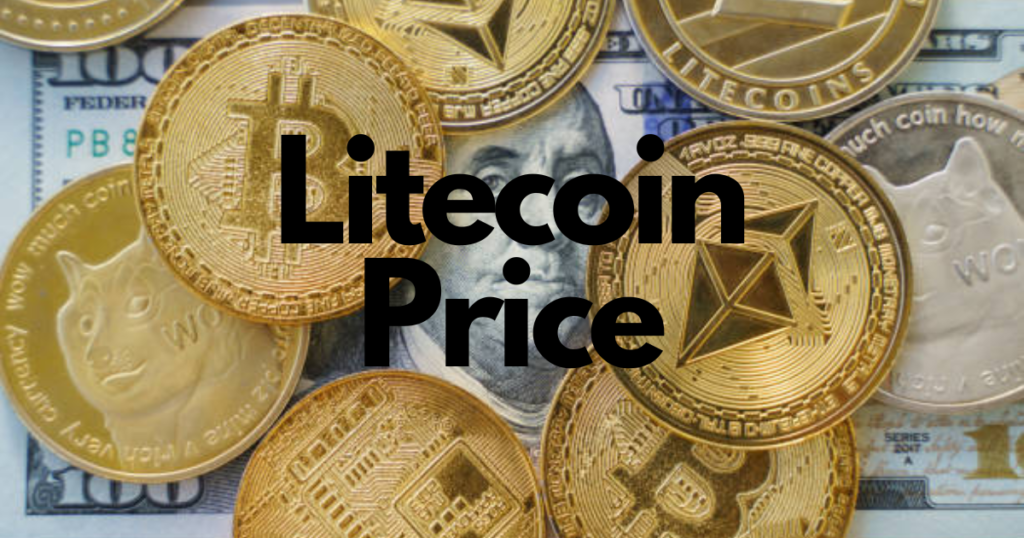
Litecoin and Smart Contracts
Although Lite coin was initially designed for straightforward peer-to-peer transactions, recent developments have introduced smart contract functionality:
- Through the integration of cross-chain protocols, Lite coin can now support programmable contracts.
- Smart contracts enable decentralized applications (dApps) to run on the Lite coin blockchain.
This expansion of functionality opens up new possibilities for Lite coin, from automated payment systems to decentralized finance (DeFi) solutions.
The Impact of Litecoin on Small Businesses
Small businesses often face high fees and barriers when dealing with traditional banking systems. Lite coin offers a practical alternative for financial transactions:
- Its low-cost transactions allow businesses to save money on payment processing fees.
- Instant confirmations ensure quicker cash flow, which is vital for small enterprises.
By adopting Lite coin, small businesses can operate more efficiently and tap into a growing market of cryptocurrency users.
How Litecoin is Shaping the Future of Digital Payments
The evolution of digital payments is accelerating, and Lite coin is playing a pivotal role in this transformation:
- It bridges the gap between traditional payment systems and blockchain technology.
- Lite coin’s reliability and speed make it a viable alternative for both online and in-store payments.
As cashless transactions become the norm, Lite coin offers a decentralized, secure, and efficient solution that aligns with the future of global commerce.
Litecoin as a Hedge Against Inflation
In times of economic uncertainty, individuals and institutions often seek assets that can preserve value. Lite coin, like Bitcoin, is emerging as a hedge against inflation:
- Its fixed supply of 84 million coins ensures scarcity, protecting it from devaluation.
- Unlike fiat currencies, Lite coin operates outside the influence of central banks and monetary policies.
For those looking to safeguard their wealth, Lite coin provides a viable alternative to traditional stores of value such as gold or real estate.
Litecoin’s Role in Charitable Giving
Charitable organizations are increasingly turning to cryptocurrencies like Lite coin to streamline donations:
- Blockchain transparency ensures that funds are tracked and used for their intended purposes.
- Donations made in Lite coin incur minimal fees, maximizing the amount that reaches the charity.
Litecoin’s ease of use and global reach make it an ideal platform for charitable campaigns, enabling contributors from around the world to support causes they care about.
Comparing Litecoin’s Governance Model with Other Cryptocurrencies
Governance plays a crucial role in the development and adaptability of any blockchain network. Lite coin operates under a decentralized governance model:
- Decisions are made collectively by its community of miners, developers, and stakeholders.
- Unlike some cryptocurrencies with centralized foundations, Litecoin promotes open-source contributions and democratic decision-making.
This decentralized model fosters innovation and ensures that the network evolves in line with user needs.
The Psychology of Litecoin Adoption
Understanding the factors that drive people to adopt Litecoin reveals key insights into the cryptocurrency’s growing popularity:
- Its branding as “silver to Bitcoin’s gold” positions it as a trustworthy and accessible option.
- People value its speed, low fees, and long-standing history in the crypto space.
Trust, utility, and ease of use are critical components influencing both individual and institutional adoption of Lite coin.
Litecoin’s Integration with Traditional Finance
As the gap between traditional finance and blockchain technology narrows, Lite coin is increasingly being integrated into mainstream financial services:
- Payment processors and fintech companies now offer Lite coin as part of their crypto portfolios.
- Lite coin debit cards allow users to spend their LTC just like fiat currency, bridging the digital and physical worlds.
Such integrations enhance Litecoin’s accessibility and bring it closer to mass adoption.
The Importance of Education in Promoting Litecoin Adoption
For Lite coin to achieve widespread use, education plays a critical role:
- Many potential users lack understanding of how cryptocurrencies work, including Lite coin.
- Initiatives by the Lite coin Foundation aim to increase awareness through workshops, tutorials, and online resources.
By demystifying blockchain technology, these efforts make Lite coin more approachable, encouraging broader participation in its ecosystem.
Litecoin’s Role in the Gig Economy
The gig economy, characterized by freelancers and short-term work arrangements, can benefit immensely from Lite coin:
- Its low fees and quick transactions make it ideal for paying freelancers across borders.
- Lite coin enables workers to receive payments instantly, avoiding delays associated with traditional banking systems.
As the gig economy continues to expand, Lite coin offers a practical solution for fair and efficient compensation.
The Future of Privacy in Litecoin Transactions
As blockchain technology matures, the demand for privacy in transactions is growing. Lite coin is addressing this with innovations like MimbleWimble:
- Enhanced privacy ensures that users can transact without revealing sensitive financial information.
- Privacy features also improve fungibility, making every Lite coin interchangeable without a transaction history bias.
This focus on privacy aligns with broader industry trends, positioning Lite coin as a leader in secure, anonymous transactions.
Litecoin’s Impact on Traditional Banking Systems
Cryptocurrencies like Lite coin are reshaping the financial landscape and posing challenges to traditional banking systems:
- Banks rely on intermediaries and charge high fees, whereas Lite coin offers direct, low-cost transactions.
- Decentralized networks reduce the reliance on centralized authorities, disrupting traditional financial models.
By providing faster and cheaper alternatives, Lite coin is gradually shifting the balance of power away from traditional banks toward decentralized systems.
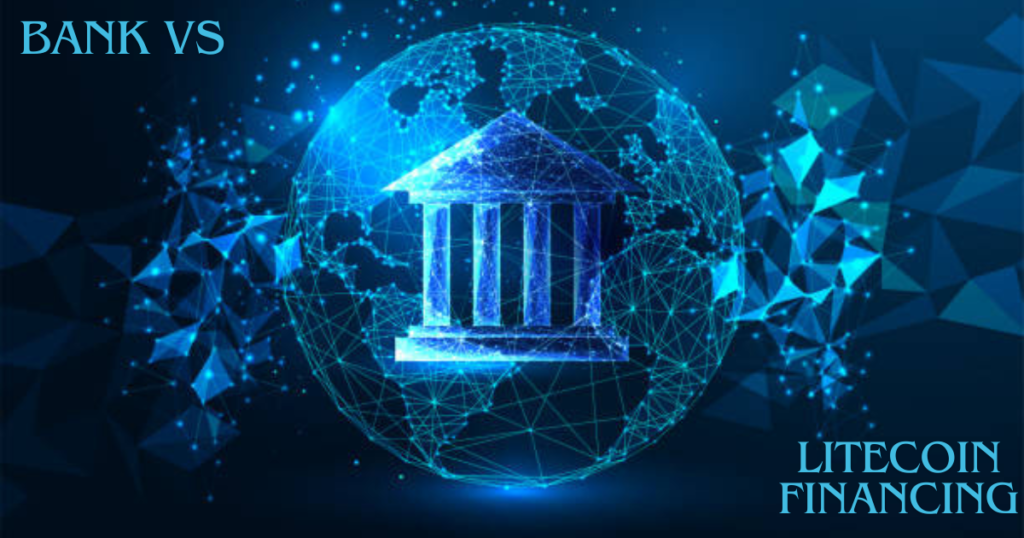
Conclusion
Lite coin continues to evolve and adapt in an ever-changing financial landscape. From its role in cross-border payments and financial inclusion to its impact on traditional finance and privacy, Lite coin remains a versatile and forward-thinking cryptocurrency. Its ability to address real-world problems while staying true to its core philosophy positions it as a critical player in the future of digital finance. Whether through technical innovation, community engagement, or new use cases, Lite coin’s journey is far from over, and its potential remains vast.

